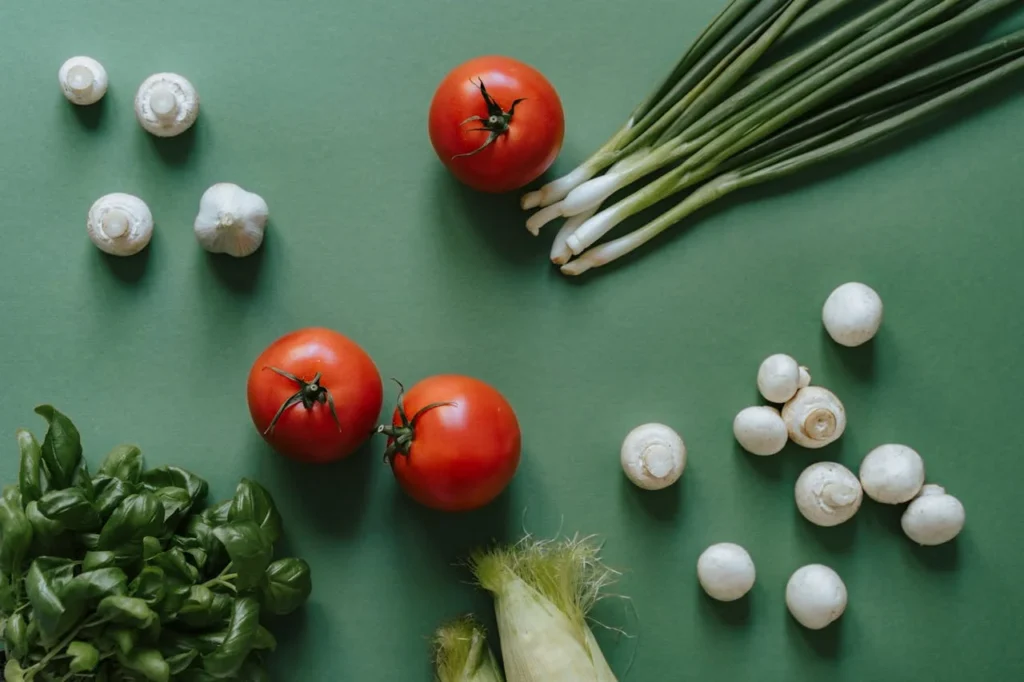Freezing fruits and vegetables is an excellent way to enjoy their nutritional benefits year-round. However, proper techniques are essential to maintain their vitamin content and freshness.
Avoid Freezing High-Water Content Foods
Certain foods do not freeze well due to their high water content. For example, potatoes, cucumbers, tomatoes, zucchinis, eggplants, apples, and pears lose their texture and taste after freezing. It’s best to avoid freezing these items.
Select Fresh Produce
Before freezing, carefully sort through your fruits and vegetables. Discard any that show signs of spoilage or are overly ripe, as they will not freeze well. Quality starts with the freshest produce.
Prepare Proper Freezing Tools
You’ll need:
- A flat freezing tray or board that fits in your freezer.
- Sealable freezer-safe bags for shock freezing (also known as flash freezing).
If you don’t have a tray, and you’re freezing berries or small fruits directly in bags, ensure they are thoroughly dried before packing to prevent clumping.
Preparing Fruits and Vegetables
For Fruits
- Dry Thoroughly: After washing, pat fruits dry to remove excess water.
- Flash Freeze: Lay the fruits in a single layer on the freezing tray and place them in the freezer for about 5 hours.
- Bagging: Once frozen, transfer the fruits to freezer bags, ensuring to squeeze out as much air as possible to prevent freezer burn.
For Vegetables
- Cut as Needed: Slice vegetables into rings, cubes, or wedges for convenience in later use.
- Remove Moisture: Gently dry the cut vegetables to remove excess water.
- Freeze Flat: Spread the pieces on a tray and freeze for 5 hours.
- Pack: Transfer frozen pieces to freezer bags, removing air before sealing.
Best Fruits and Vegetables for Freezing
The following fruits and vegetables freeze exceptionally well:
- Berries: Currants, raspberries, blueberries, cranberries, sea buckthorn.
- Vegetables: Broccoli, carrots, peas, green beans.
These items retain their texture and nutrients well and can be used for compotes, smoothies, desserts, and side dishes.
Storage Tips
- Remove Air: Before sealing the bags, ensure you remove as much air as possible. This helps prevent freezer burn and preserves the texture and vitamins.
- Optimal Temperature: Store frozen produce at -18°C (0°F) to ensure long-term preservation.
- Shelf Life: Properly frozen fruits and vegetables can be stored for up to 12 months without significant loss of quality.
By following these steps, you can enjoy nutrient-rich frozen fruits and vegetables throughout the year without compromising their health benefits.

